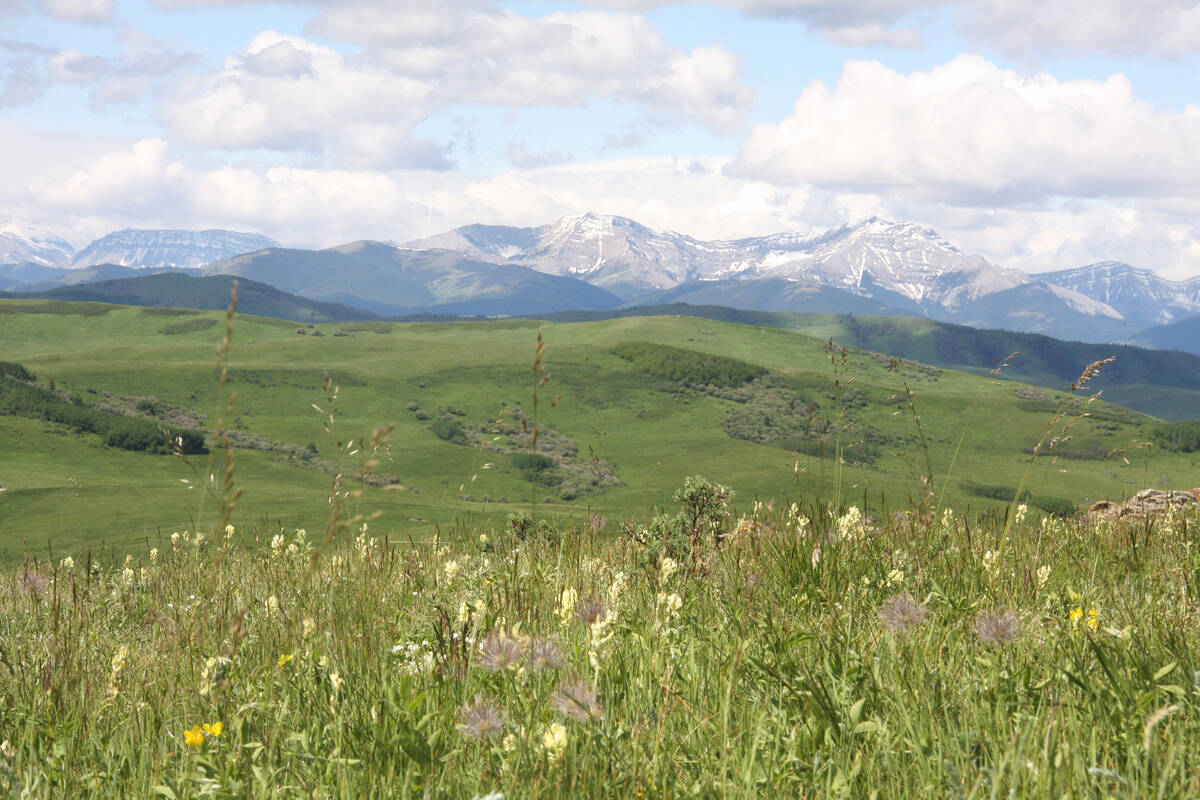Crop disease is a hot topic in many regions where good rains and high humidity have created ideal conditions for fungus and spores to
develop.
But even if you don’t have wet soil, it’s still a good idea to check your fields.
Ron Cannon, who farms near Kindersley, Sask., said ascochyta has already attacked his chickpeas even though he’s had only 64 millimetres of rain.
Cannon, who has grown the crop for a few years, has already sprayed one field.
He is puzzled by the problem because he followed recommended practices and seeded disease-free seed into a field far from previous chickpea crops.
Read Also

Selenium not deal breaker in coal mining: expert
Environmental scientist weighs in on coal mining debates in Western Canada, explaining selenium and the technologies and practices to lower its concentrations in nearby waterways to coal mining operations
“I guess even if you think you are OK with disease and have the resistant kind, you should get out and take a good look around,” he said.
Get help
“If you don’t know what it looks like, find an agrologist who does and don’t let it get away on you. It can take a good part of your yield, in some cases even a whole field.”
The disease has also appeared in Alberta chickpeas, according to a notice from Westco.
Early symptoms are pin-sized chocolate-brown dots on the leaves. Advanced symptoms include brown lesions on stems, leave and pods. Stem lesions might girdle the stem.
Agrologists recommend scouting fields ever day or two starting at the early flowering stage.
Even in resistant varieties, resistance breaks down after flowering.
Bravo 500 is registered for ascochyta blight in chickpeas.
Maps showing Saskatchewan rural municipalities where pulse disease has been reported are available on the internet at paridss.usask.ca/
specialcrop/pulse_diseases/.
The site also has information about diseases of peas, lentils and chickpeas as well as photos of affected plants and fungicide application guidelines.














